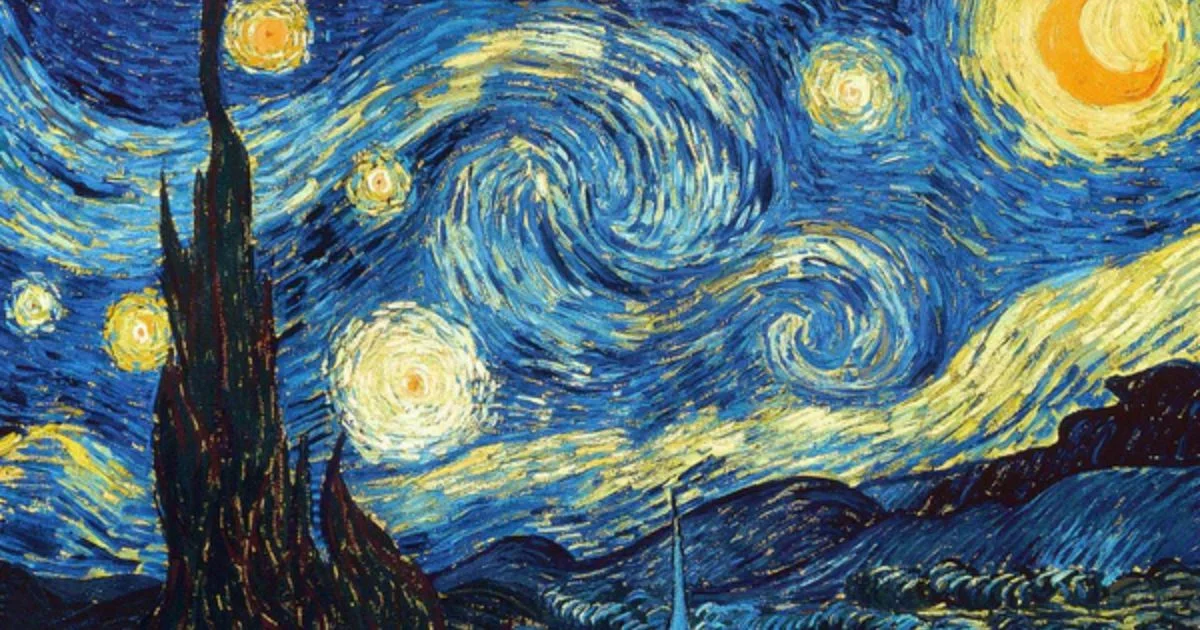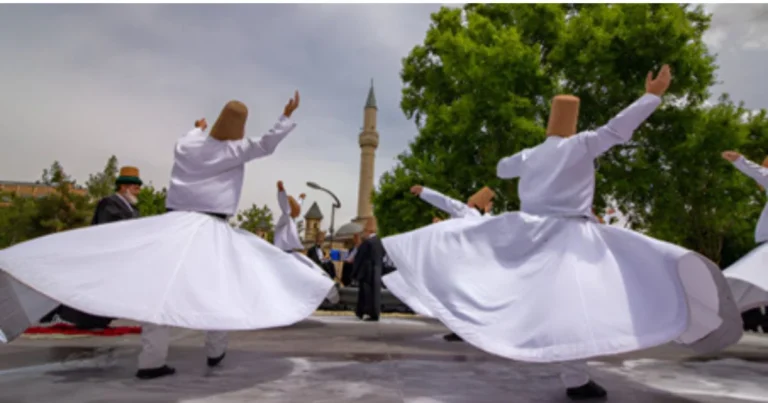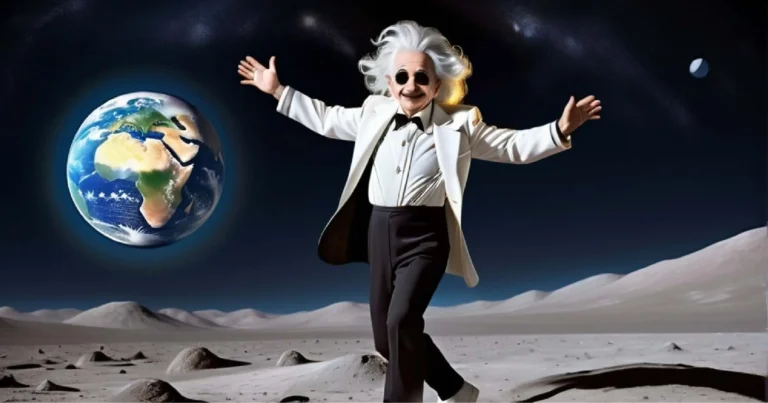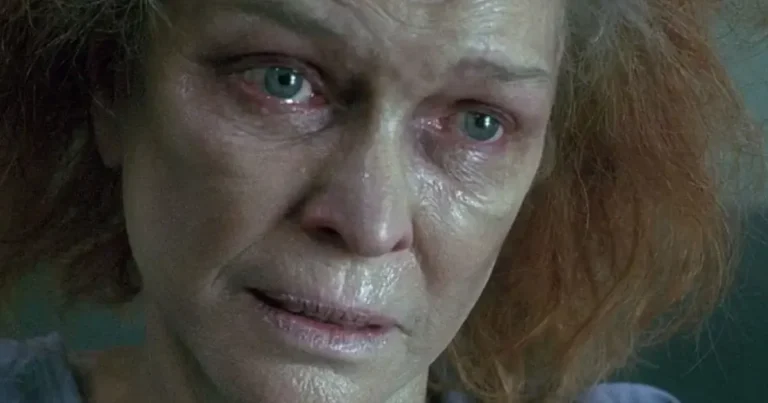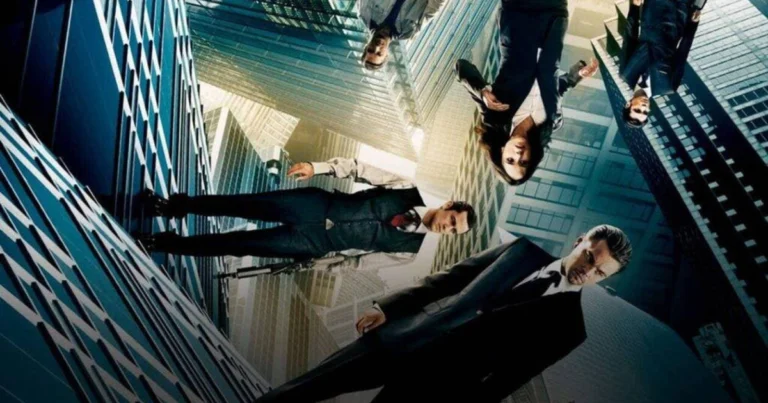Psychosis in color: Between radiance and ruin
“There is no great genius without a touch of madness.” , Aristotle
Since antiquity, the idea of a link between madness and artistic creation has haunted the human imagination. Long confined to the realm of poets and philosophers, this question found new ground for exploration with the rise of psychoanalysis: the unconscious. From Freud onward, art was no longer merely a pursuit of beauty, it became a language in its own right, an attempt to shape the unspeakable.
This dialogue between art and madness is far from anecdotal. It reveals a profound truth: creation is sometimes a response to psychic rupture. Through this article, we aim to explore the many faces of this creativity born of excess, and to understand how it allows individuals to “hold on” in the face of inner chaos.
Outsider art and psychotic creation: The sinthome at work
Jacques Lacan, the influential 20th-century French psychoanalyst, introduced a pivotal concept for understanding both psychosis and artistic creation: the sinthome. Far from being a symptom in the medical sense, the sinthome is a unique, improvised solution forged by the individual to sustain psychic equilibrium when conventional symbolic structures, those of society, language, or kinship, fail or collapse.
In psychosis, art can become this sinthome: a personal, vital way to connect with the world. It acts as an anchoring point between the three fundamental dimensions of human experience that Lacan described as the Real, the Symbolic, and the Imaginary.
In this framework:
- the Real does not refer to external reality, but to that which escapes language, what cannot be said or represented.
- The Symbolic refers to the domain of language, law, and social structures.
- The Imaginary relates to images, identifications, and the mirror through which we recognize ourselves.
When these three registers fail to cohere, the subject may be overwhelmed. The sinthome functions as a kind of knot, binding together what might otherwise unravel.
Art brut, or outsider art, embodies this function. Created outside academic or institutional art circles, often by individuals who are institutionalized or marginalized, this form of expression does not seek to please or conform. It springs from an inner necessity: the drive to give shape to the unspeakable. Jean Dubuffet, who coined and championed the concept of art brut, refused to reduce these works to psychiatric artifacts. In his view, they were pure expressions of being, works that transcend conventional aesthetic criteria.
Adolf Wölfli, institutionalized for life in Switzerland, offers a striking example. His creations blend drawings, invented numerical systems, constructed languages, and musical scores. The result is a self-contained universe, a poetic and visual response to internal chaos.
These works are not attempts to “paint madness” but rather to invent a way of inhabiting the world, even on the edge of collapse. Like so many sinthomes, they make psychic life possible where ordinary structures have failed. They are existential gestures, neither decorative nor explanatory, but necessary.
Psychosis, creation, and subjectivity
However, it would be simplistic to romanticize madness as a mere wellspring of creativity. Not all psychotic individuals produce art, and not all art born of suffering carries lasting significance. Still, for some, creation becomes the only viable path to subjectivity.
Think of Vincent van Gogh, with his swirling lights and fractured skies; Yayoi Kusama, whose obsessive, hallucinatory installations stretch into infinity; or Edvard Munch, whose ghostly figures seem to house a silent scream.
Each, in their own way, transformed inner rupture into symbolic landscape. Their work does not heal or sublimate pain, it gives it form, consistency, a space in which to exist.
Madness may not be the condition of art. Still, it is sometimes its silent passage, a trial through which the subject must create to survive, must invent in order not to sink.
Creating to stay afloat
At the intersection of suffering and invention, outsider art and psychotic creation remind us that subjectivity extends beyond normative bounds. Even where language falters and symbolic structure collapses, a person may still invent their own ground, their own universe. In such extreme cases, creation becomes a form of existential resistance, a vital gesture, a spark in the void.
Excerpt from a forthcoming book titled Art and Psychosis.
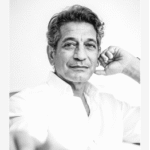
Hamid Cheddadi
Clinical Psychologist and Visual Artist
• Born on June 15, 1955, his journey bridges the realms of art, healing, and thought.
• Trained in the 1980s at the Poh Chang Academy of Arts in Bangkok, he developed a pictorial sensitivity deeply influenced by Asian aesthetics and spontaneous expression.
• As a painter, he explores the bodily and spiritual dimensions of therapeutic practice.
• He earned a diploma in osteopathy in Chiang Mai in 1992.
• Certified therapeutic yoga instructor (healing art), drawing inspiration from Japanese traditions.
• Former lecturer at ITM (Information Technology Morocco).
• Holds a Master’s degree in Clinical Psychology from the École Supérieure de Psychologie de Casablanca, practicing as a clinical psychologist.
• His therapeutic approach unfolds at the crossroads of art, the unconscious, human suffering, and spirituality.
• He lives and works in Casablanca, where he continues to paint, care, write, and share his knowledge.

